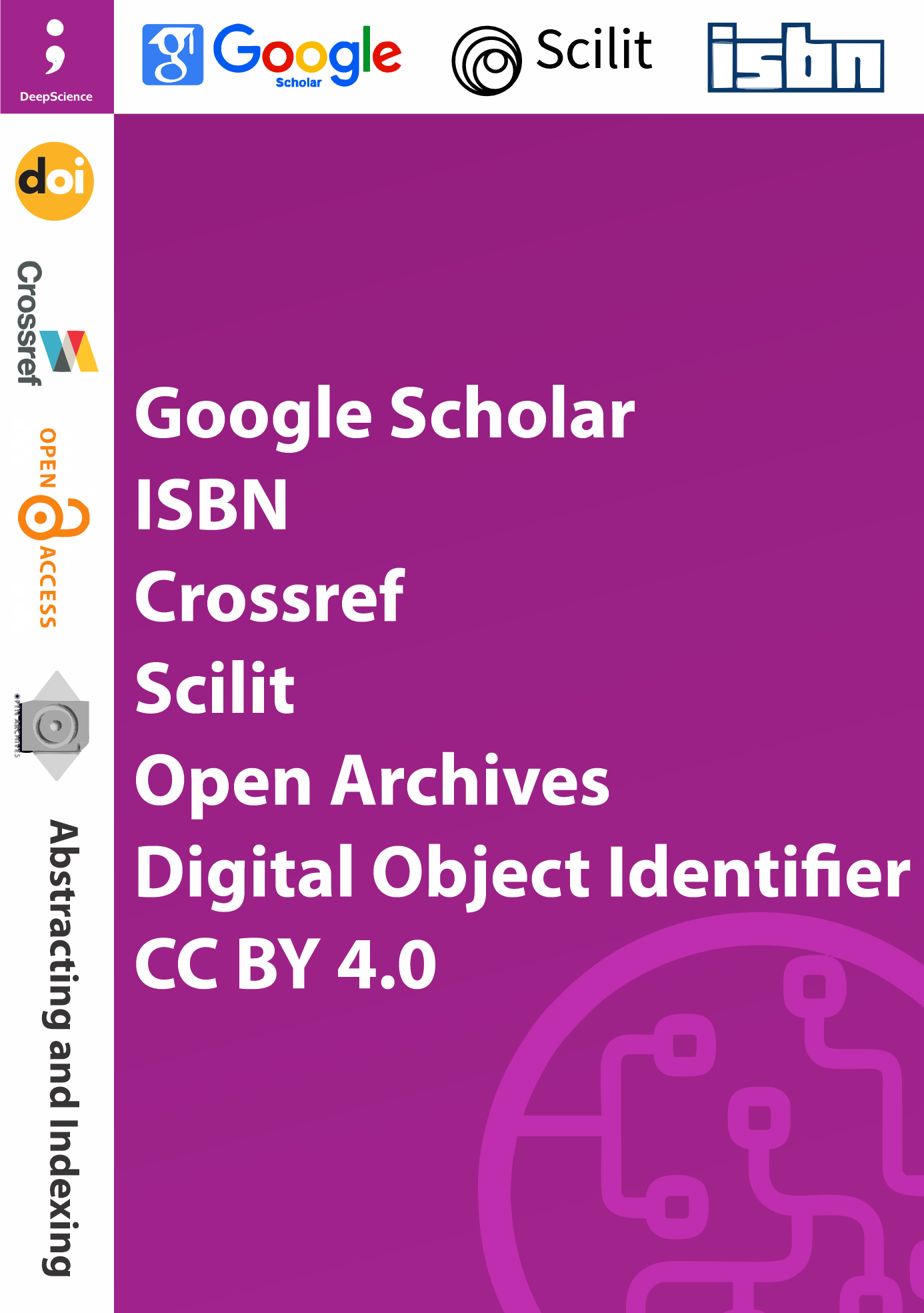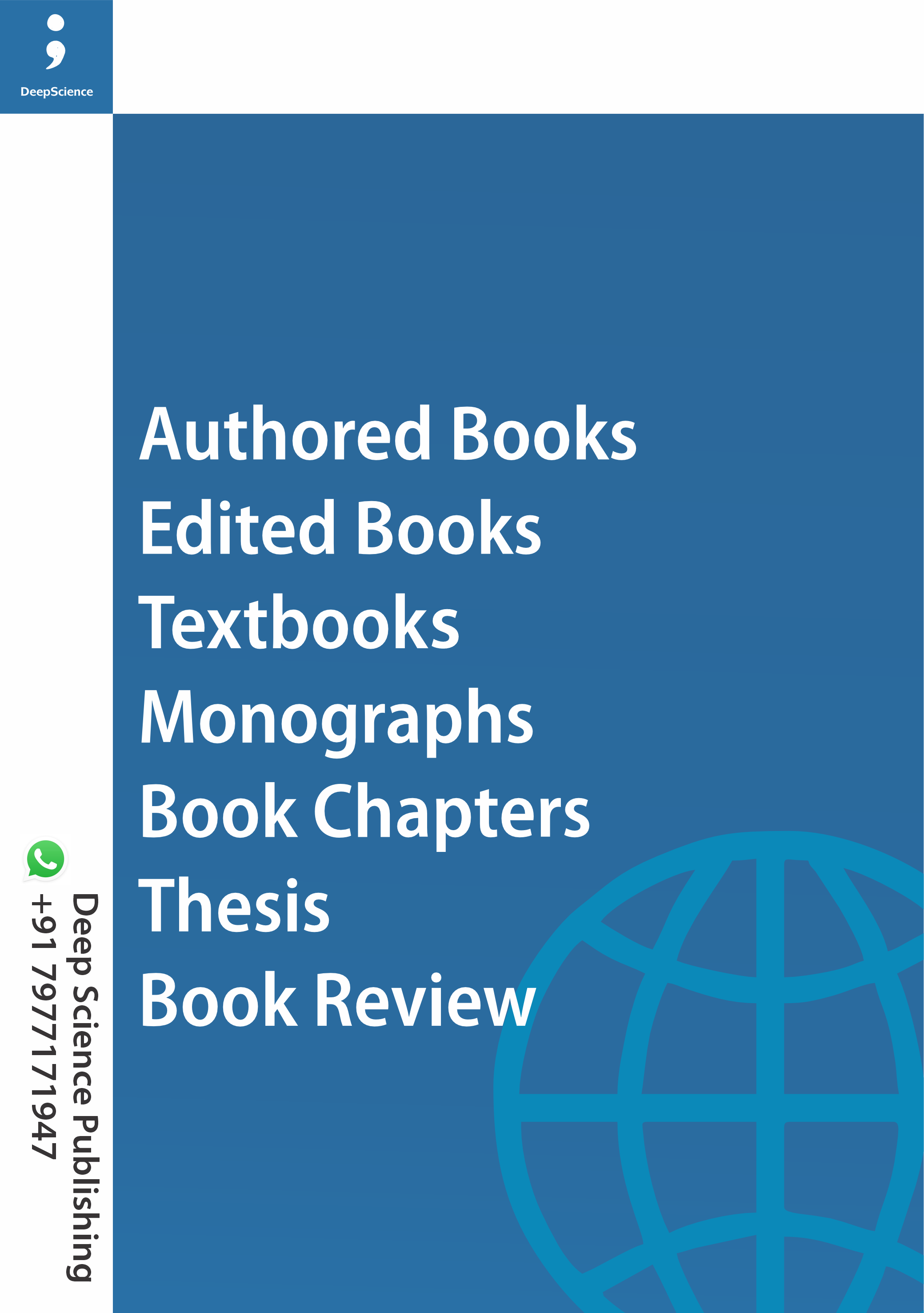Selecting the Optimal Tool(s) of Risk Management
Synopsis
This case presents a simulated business facing a known probability of fire-related losses. The person responsible for risk must evaluate five distinct alternatives: from total self-insurance to various insured options. A key alternative involves a proactive loss control intervention—the installation of a sprinkler system—that fundamentally alters the risk profile. Each strategy presents a unique financial outcome, encompassing both direct expenses and the subjective toll of concern.
The purpose of this case study is to evaluate and compare nine risk management techniques using two separate decision-making criteria:
a) Minimum Expected Tangible Loss-focusing solely on measurable financial losses.
b) Worry Method-incorporating both tangible losses and assigned values for anxiety or uncertainty.













